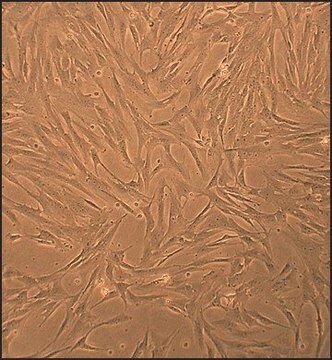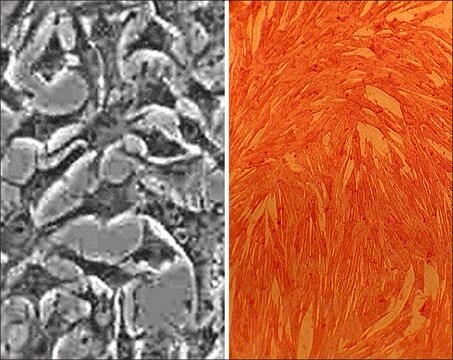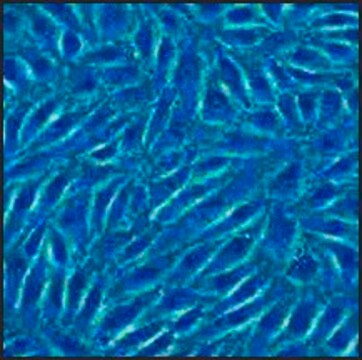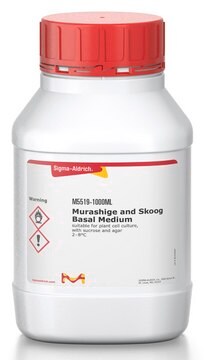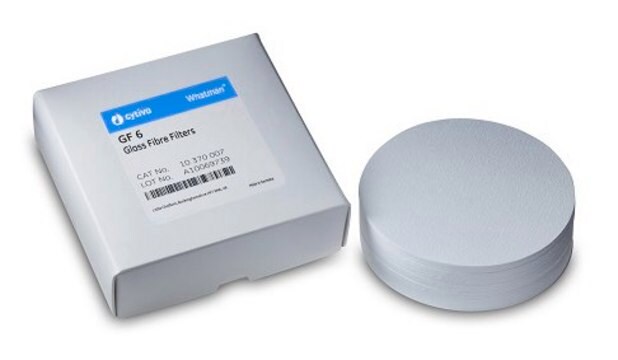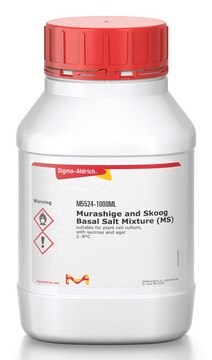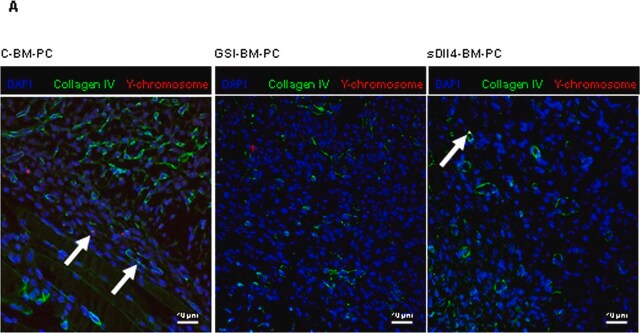P302-05
Porcine Pulmonary Artery Endothelial Cells: PPAEC (Cryovial)
About This Item
Recommended Products
biological source
Porcine pulmonary artery (Normal healthy)
Quality Level
form
solid
packaging
pkg of 500,000 cells
manufacturer/tradename
Cell Applications, Inc
growth mode
Adherent
karyotype
2n = 38
morphology
Endothelial
technique(s)
cell culture | mammalian: suitable
relevant disease(s)
diabetes; cardiovascular diseases
shipped in
dry ice
storage temp.
−196°C
General description
PPAEC have been used in a pioneer study of endothelial cell motility, where it was determined that asymmetric dimethylarginine (ADMA), an inhibitor of nitric oxide production and a cardiovascular risk factor, decreased PKG-mediated phosphorylation of VASP, leading to downregulation of Rac1 and induction of stress fibers and focal adhesions via RhoA/ROCK dependent mechanism, leading to decreased cell motility, and increase in endothelial permeability, thus linking vascular repair and function with NO production (Wojciak-Stothard, 2007, 2009). PPAEC were also used to assess endothelial adhesion to decellularized porcine arteries in order to develop grafts for human vascular repair (Xiong, 2013).
Cell Line Origin
Application
Components
Preparation Note
- 1st passage, >500,000 cells in Porcine Endothelial Cell Growth Medium that contains 10% FBS and 10% DMSO
- Can be cultured at least 16 doublings
Subculture Routine
Storage Class
11 - Combustible Solids
wgk_germany
WGK 3
flash_point_f
Not applicable
flash_point_c
Not applicable
Certificates of Analysis (COA)
Search for Certificates of Analysis (COA) by entering the products Lot/Batch Number. Lot and Batch Numbers can be found on a product’s label following the words ‘Lot’ or ‘Batch’.
Already Own This Product?
Find documentation for the products that you have recently purchased in the Document Library.
Articles
Technical information for working with porcine pulmonary artery endothelial cells including thawing, subculturing and cryopreservation
Our team of scientists has experience in all areas of research including Life Science, Material Science, Chemical Synthesis, Chromatography, Analytical and many others.
Contact Technical Service